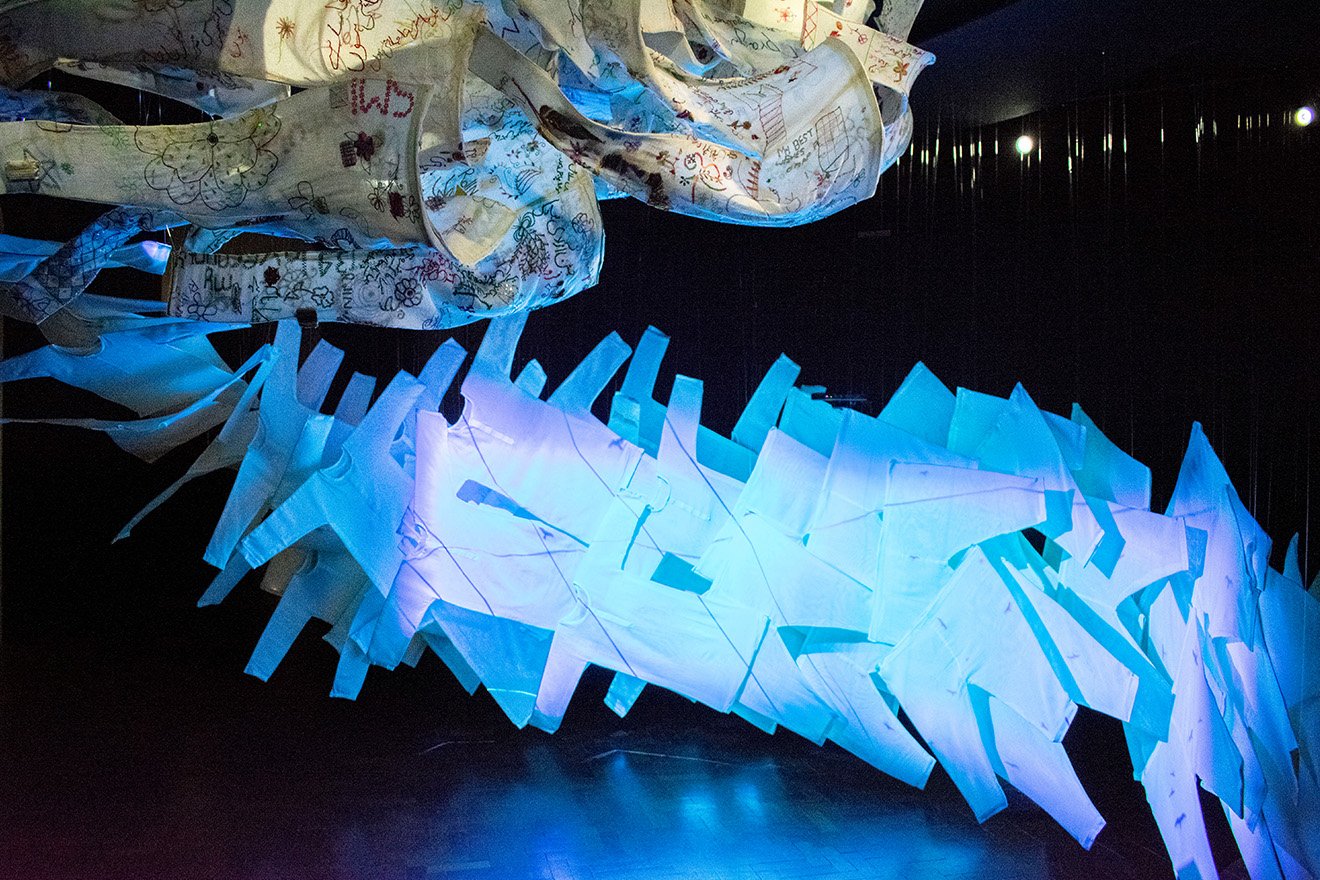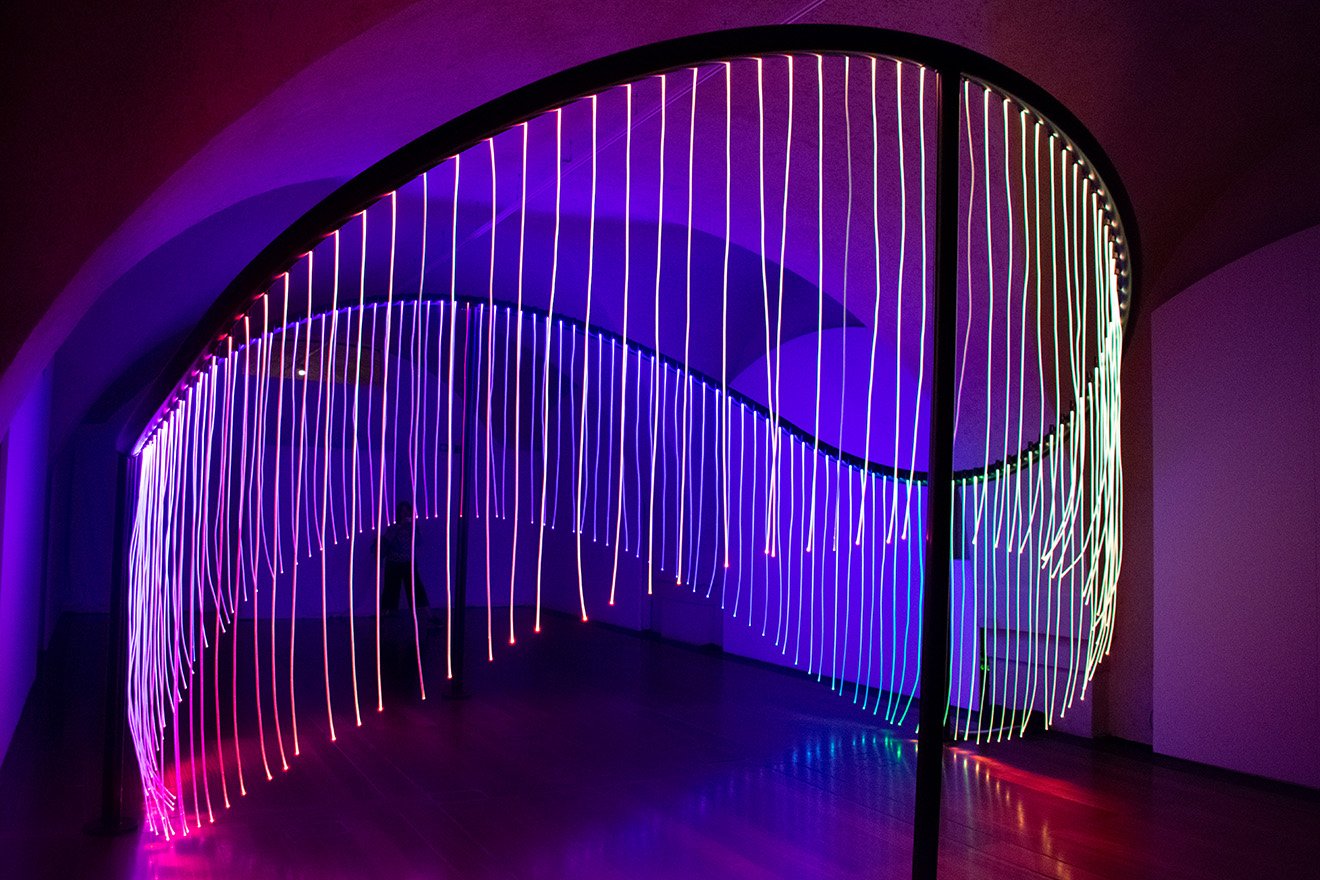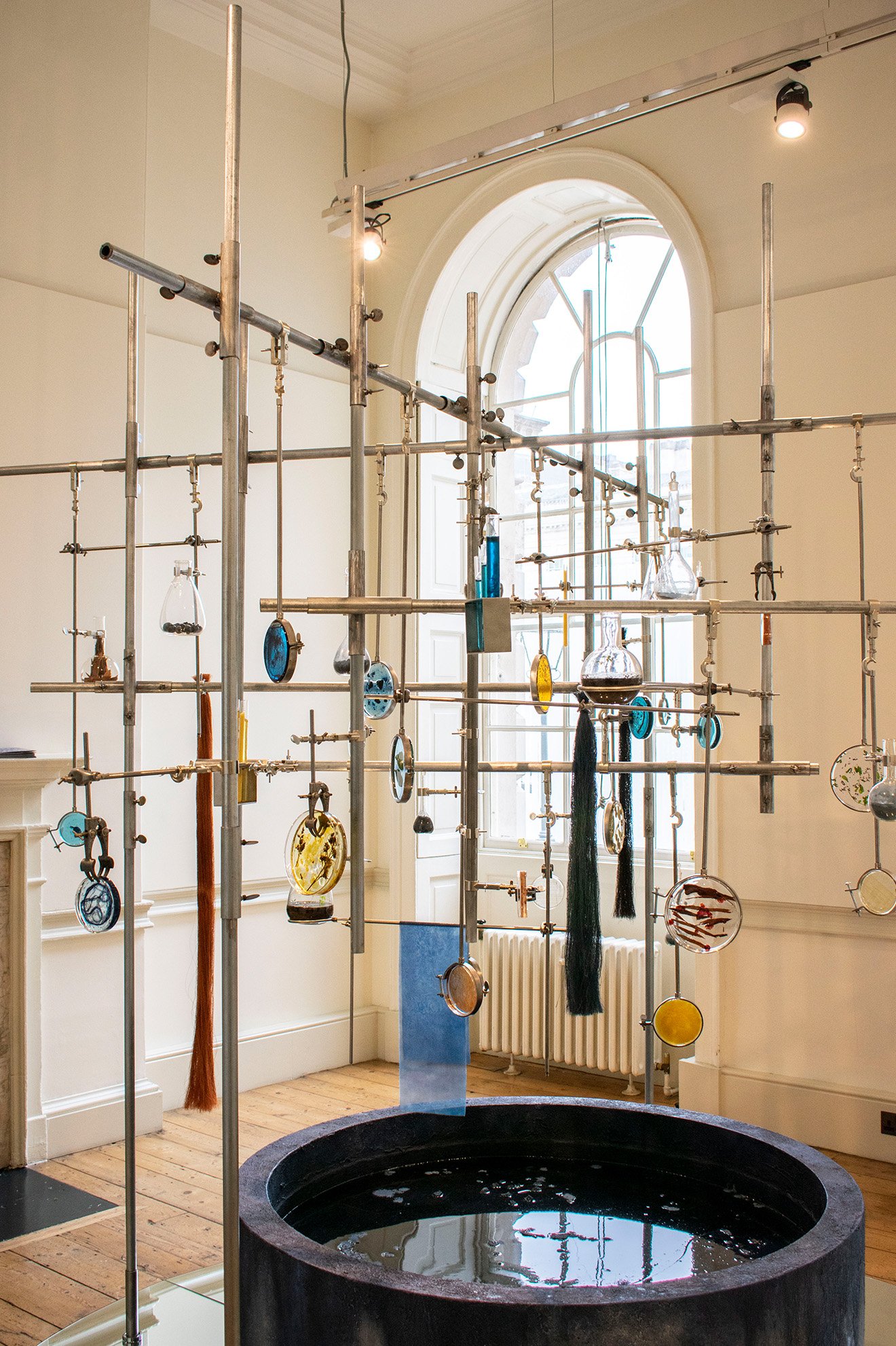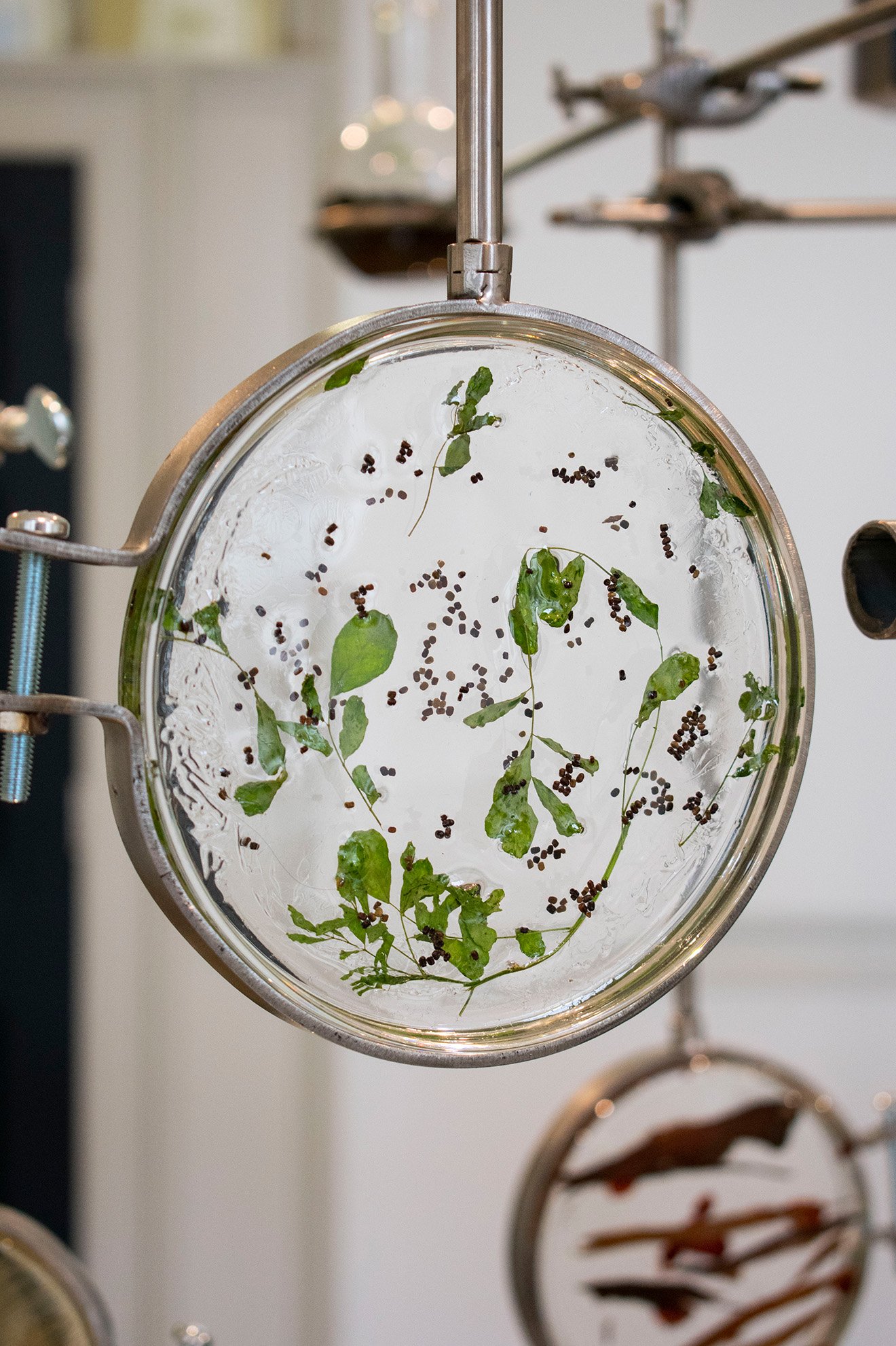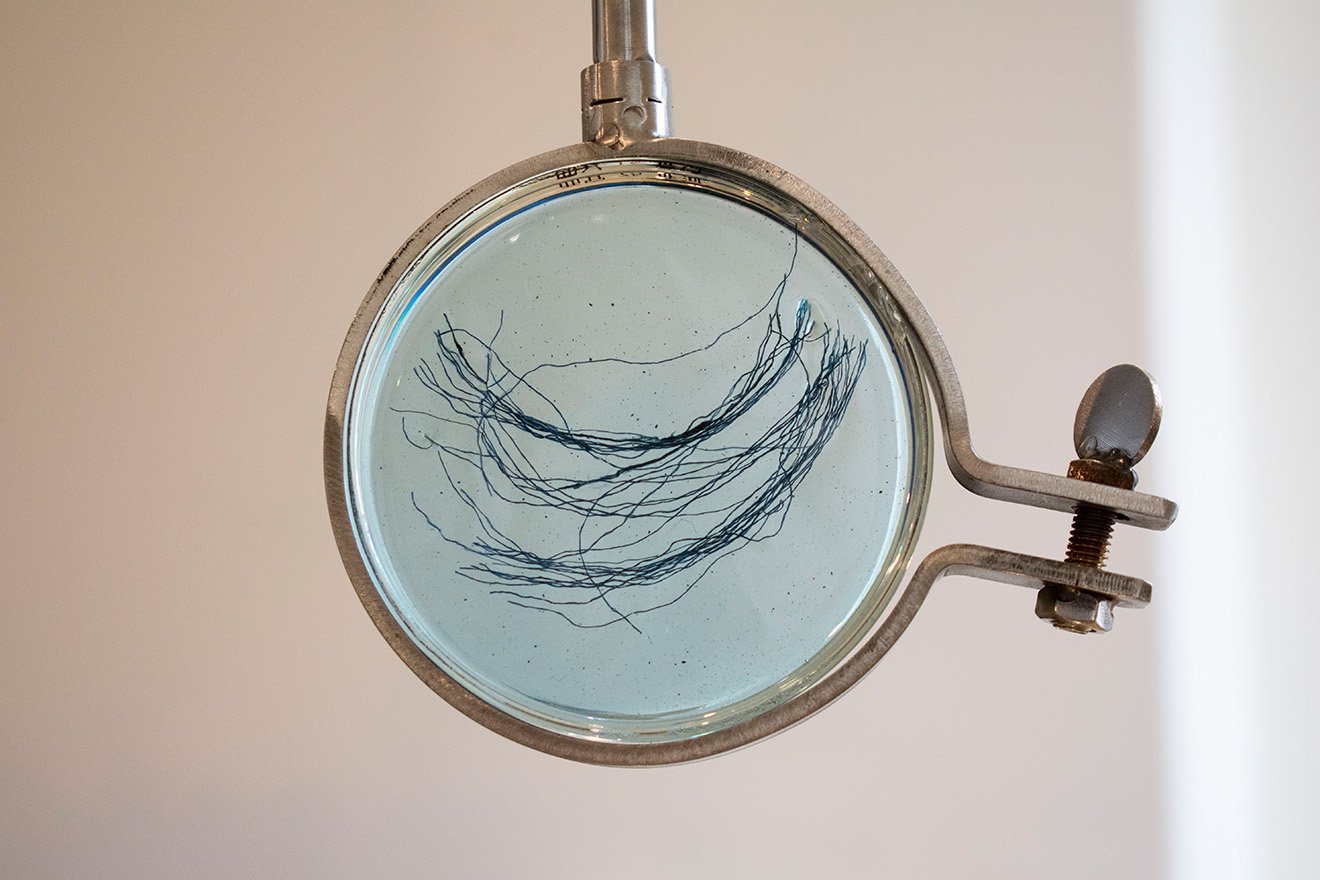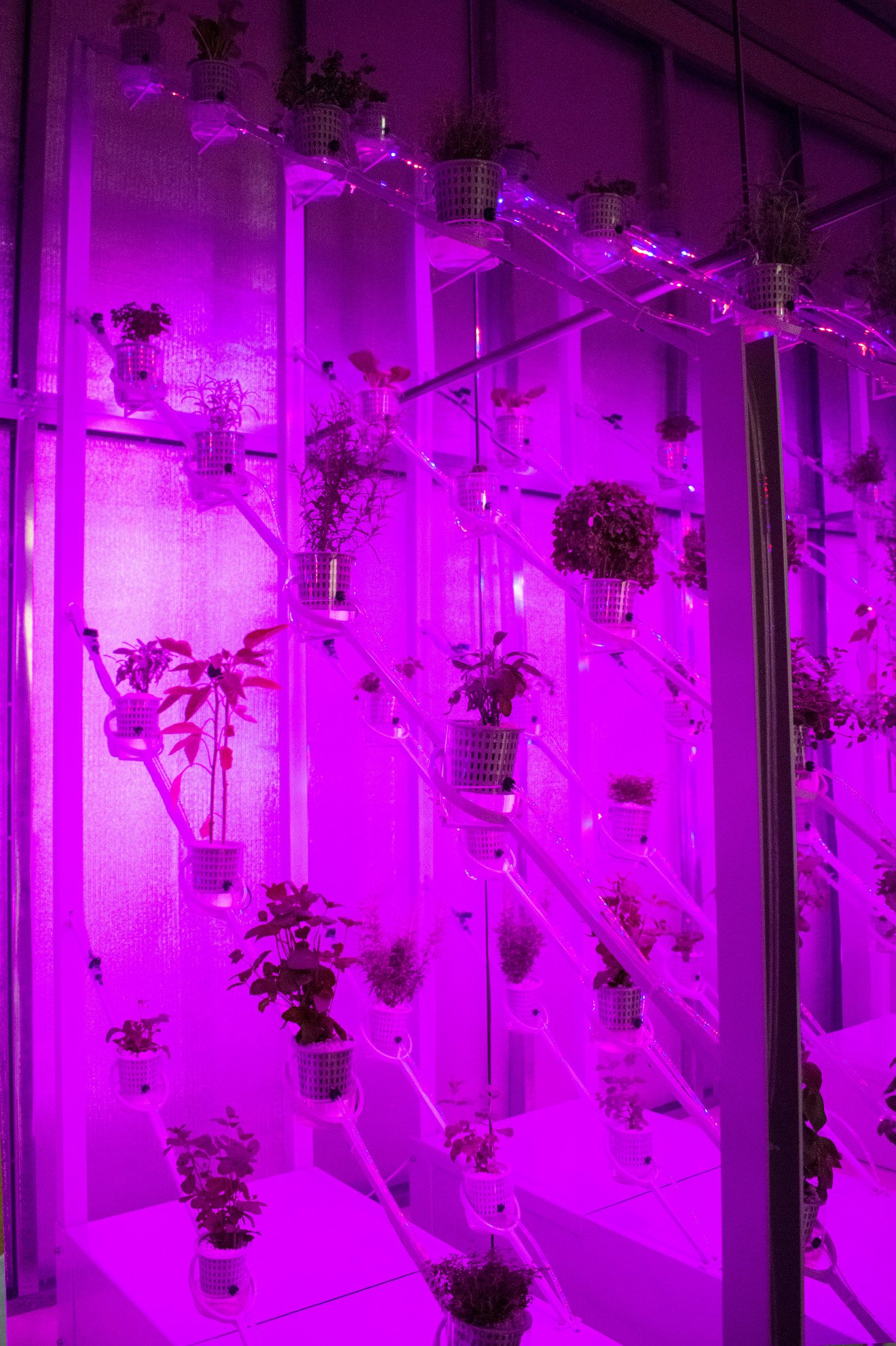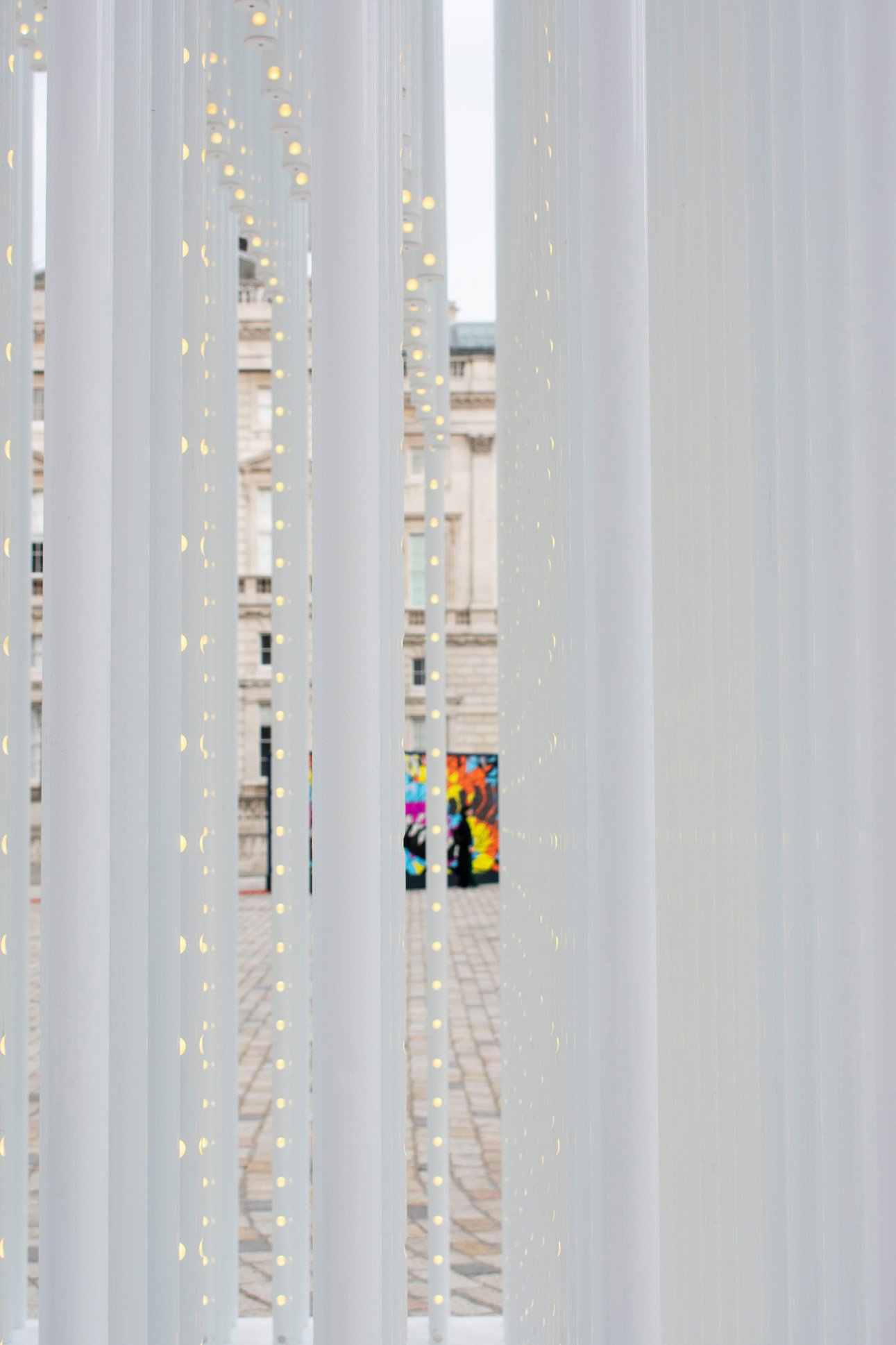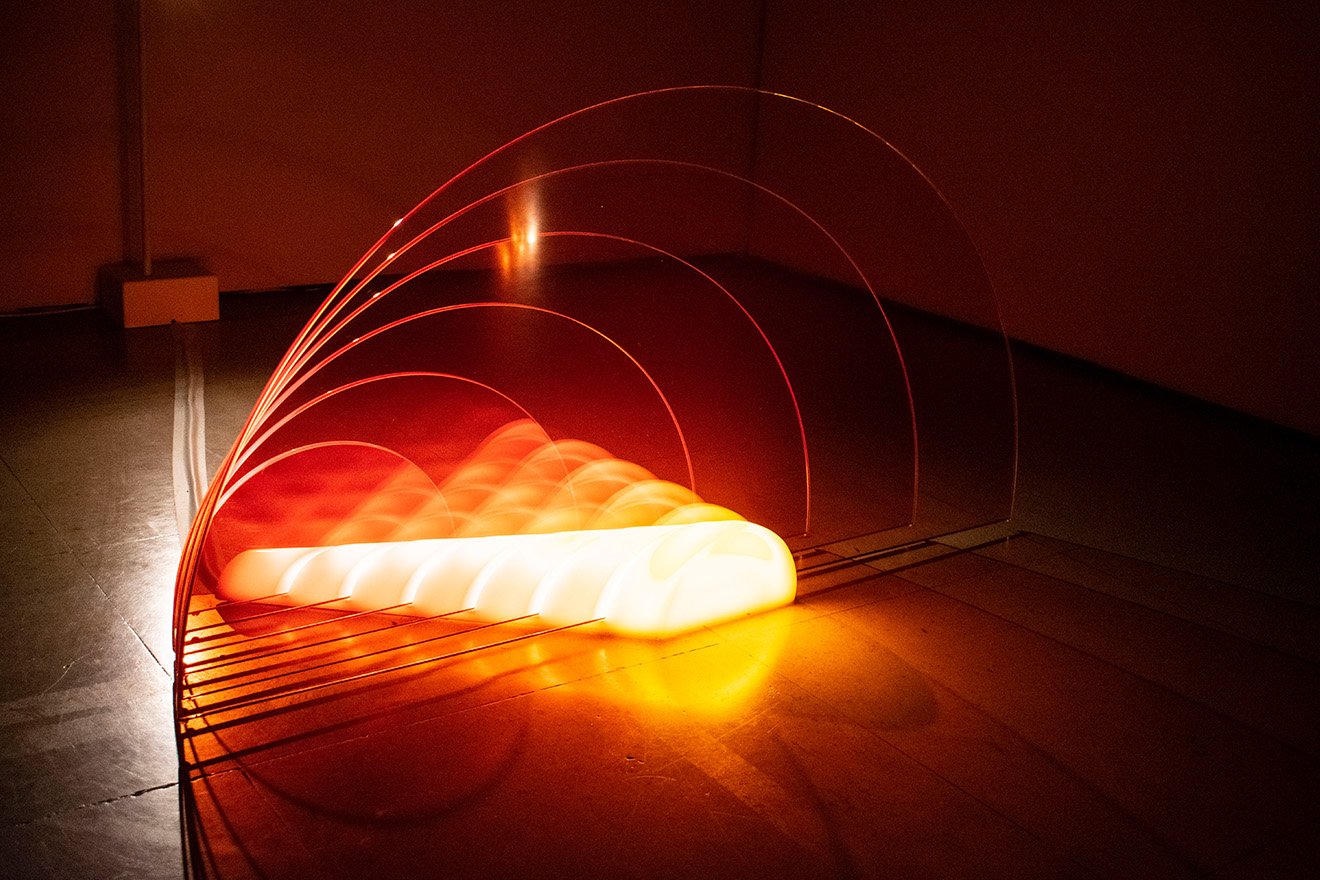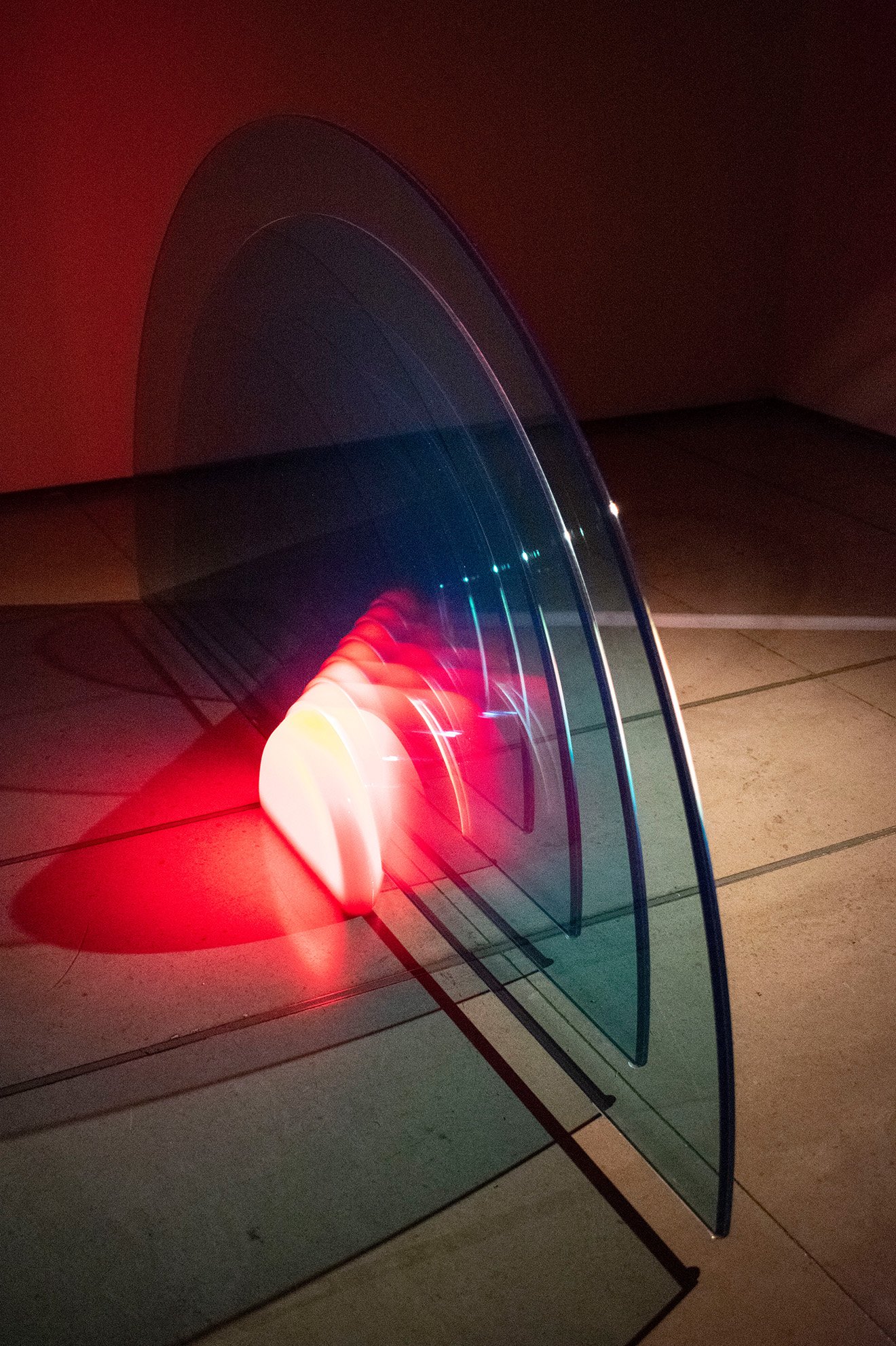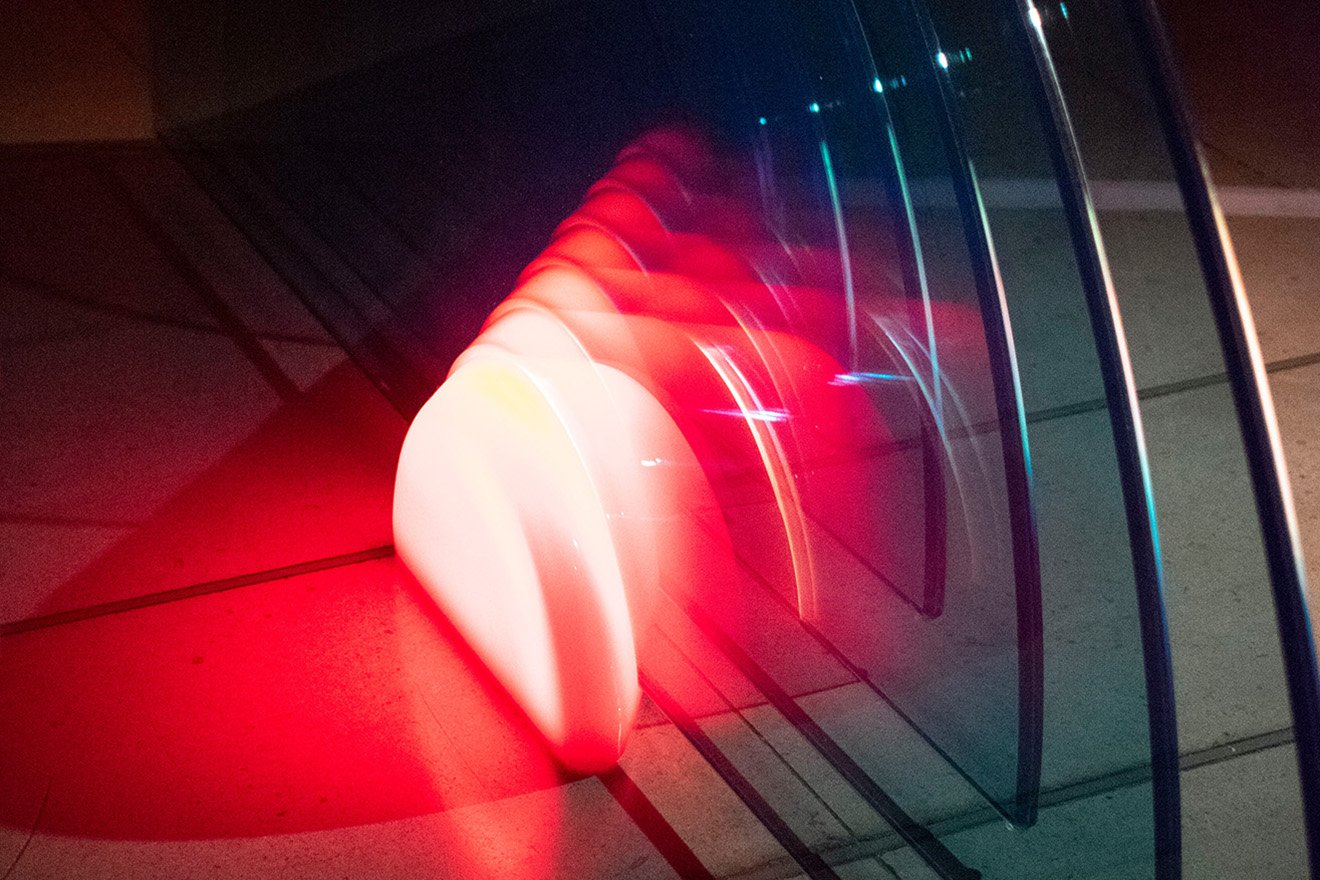London Design Biennale 2018
The London Design Biennale returns for its second instalment at Somerset House, showcasing works from 40 countries, cities and territories around the world.
After a hugely popular London Design Biennale in 2016, the exhibition returns for a second instalment at Somerset House as the exhibition showcases installations, designs and projects from 40 countries, cities and territories around the world. See below highlights from eight of the most visual and stand-out participants exhibiting at the 2018 show.
Greece - ΑΝΥΠΑΚΟΗ (Disobedience)
Greece’s kinetic installation changes one's interactions with the physical environment, challenging the perception of architecture as something static, creating something that evolves with interaction. ΑΝΥΠΑΚΟΗ comprises of a 17 metre-long wall constructed from a steel spring skeleton built up with recycled plastic which flexes, morphs and breathes around the human body and one passes through the narrow central walkway. The 'breathing' of the installation not only creates something for the user but the surrounding public, watching the presence of ΑΝΥΠΑΚΟΗ transform.
Pakistan - Aangan
Aangan celebrates women’s pivotal, but largely unrecognised role in Pakistan's cotton picking industry, the fourth largest cotton producer in the world. It shows the social context behind the creation of what we wear. As a rising helix, Aangan comprises a cascade of garments hand-stitched and hand-embroidered by female artisans. Responding to the movement of the viewer the garments turn into a live canvas, with film projections revealing the human stories of the makers.
Guatemala - Palopò
Guatemala’s installation tells the story of Pintando Santa Catarina Palopó – an initiative that seeks to transform an impoverished town on Lake Atitlán by essentially turning it into a great artwork. The intention is to boost tourism by creating a unique and beautiful townscape, and by extension a viable local economy. But it is also a means of engendering a sense of civic pride and building a more significant connection between the Kaqchikel-speaking villagers and domestic and international tourism.
Australia - Full Spectrum
The inspiration for Flynn Talbot’s installation came just before Christmas 2017 when, after a decade of bitter debate, Australia became the 26th country to legalise same-sex marriage. The designer has sought to capture something of this fleeting emotion of the country in visible light. Visitors view a circular, freestanding structure, from which hangs a rainbow-coloured light screen. The lighting display consists of 150 strands of fibre-optic light, each one a different colour. Visitors can touch and move through the light strands, feeling the coloured light in their hands, or they can stand within the space, surrounded by a rainbow colour wash.
Vietnam - Khải
Khải demonstrates a new generation of design thinkers and how they are applying modern techniques to Vietnamese design without losing the emotional resonance of traditional handcrafting. The installation presents the work of three contemporary designers who embrace this utilitarian heritage but combine it with a greater sense of aesthetic ambition. Two rooms explore modern interpretations of traditional textile production with the first room presenting as a laboratory showing natural dye techniques. Constructed over an indigo pool, the lab exhibits the steps of the dyeing process and reveals how Thảo Vũ reinterprets these methods to create new kinds of sustainable textiles.
Netherlands - Power Plant
Power Plant shows how design offers cause for hope. Visitors enter a greenhouse of the future – a building that harvests both food and the electricity needed to grow it. Power Plant’s transparent solar glass maintains its indoor climate, enabling year-round growth, while a hydroponic system circulates nutrient-enriched water, reducing water use by 90 per cent compared to traditional soil farming. By growing vertically, and by using specially coloured LEDs in addition to sunlight, plant growth can increase up to 40 times.
Turkey - housEmotion
Tabanlıoğlu’s pavilion starts with the most elemental idea of a house; a cubic form. This is created using a series of white rods, a simple border demarcating the limits of the home. The gaps between the rods lend a semi-transparency to the structure, drawing visitors in but also allowing the home to dissolve into the wider environment. Once visitors step inside the structure, it again takes on the homely role of a shelter. At night, lights embedded in the rods will turn the structure into a glowing lantern, revealing another side to this spectacular installation design.
Haberdashery Studio - Radiance
Radiance consists of three glass sculptures designed to re-create the hues of light that fill the sky when the sun begins to dip below the horizon. Each sculpture uses six dual-layered glass planes that rise above and around a “solar” light source. Spotlights pass additional light through the glass layers, causing concentric arcs of colour and reflection to spill across each surface of the gallery.








